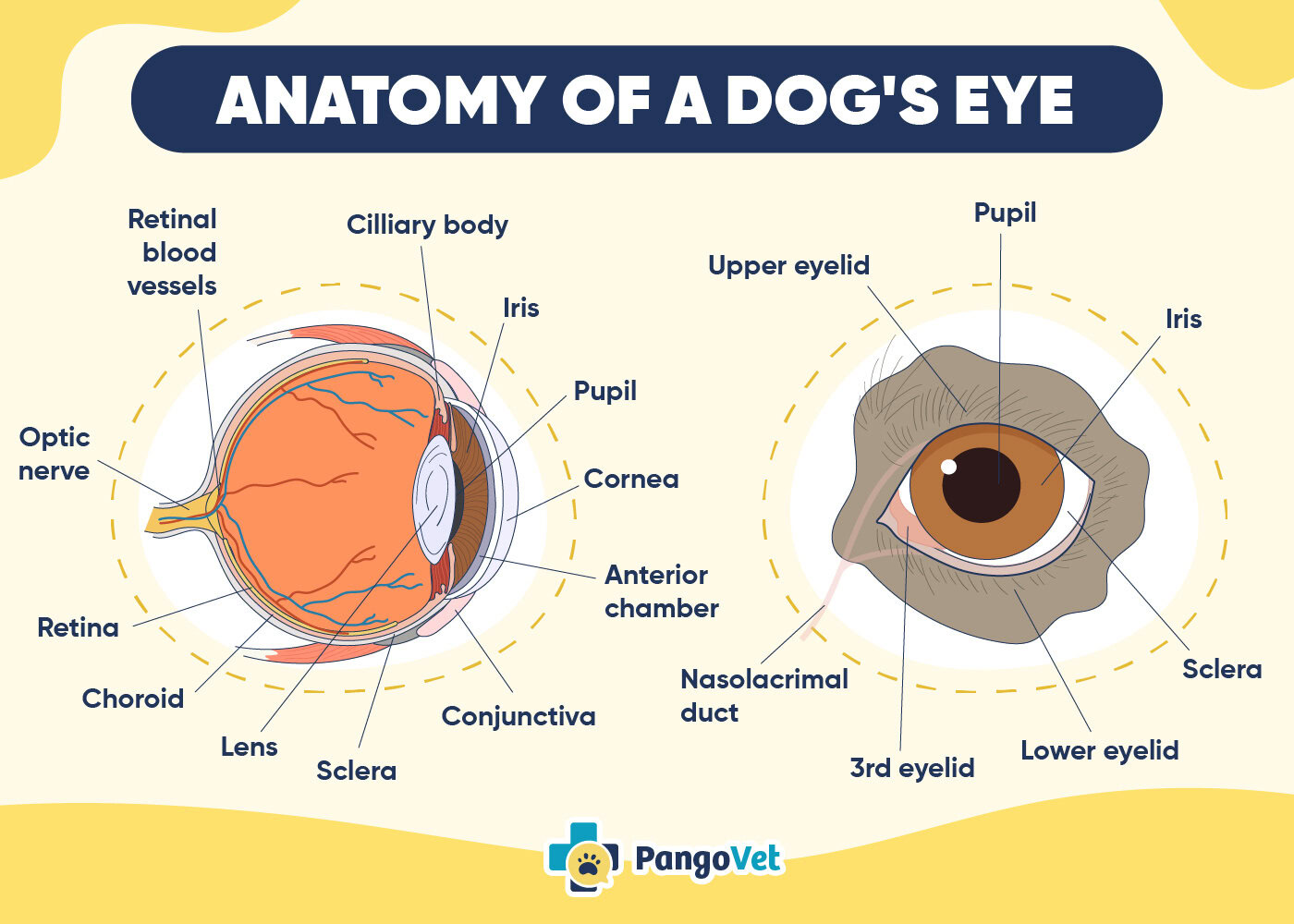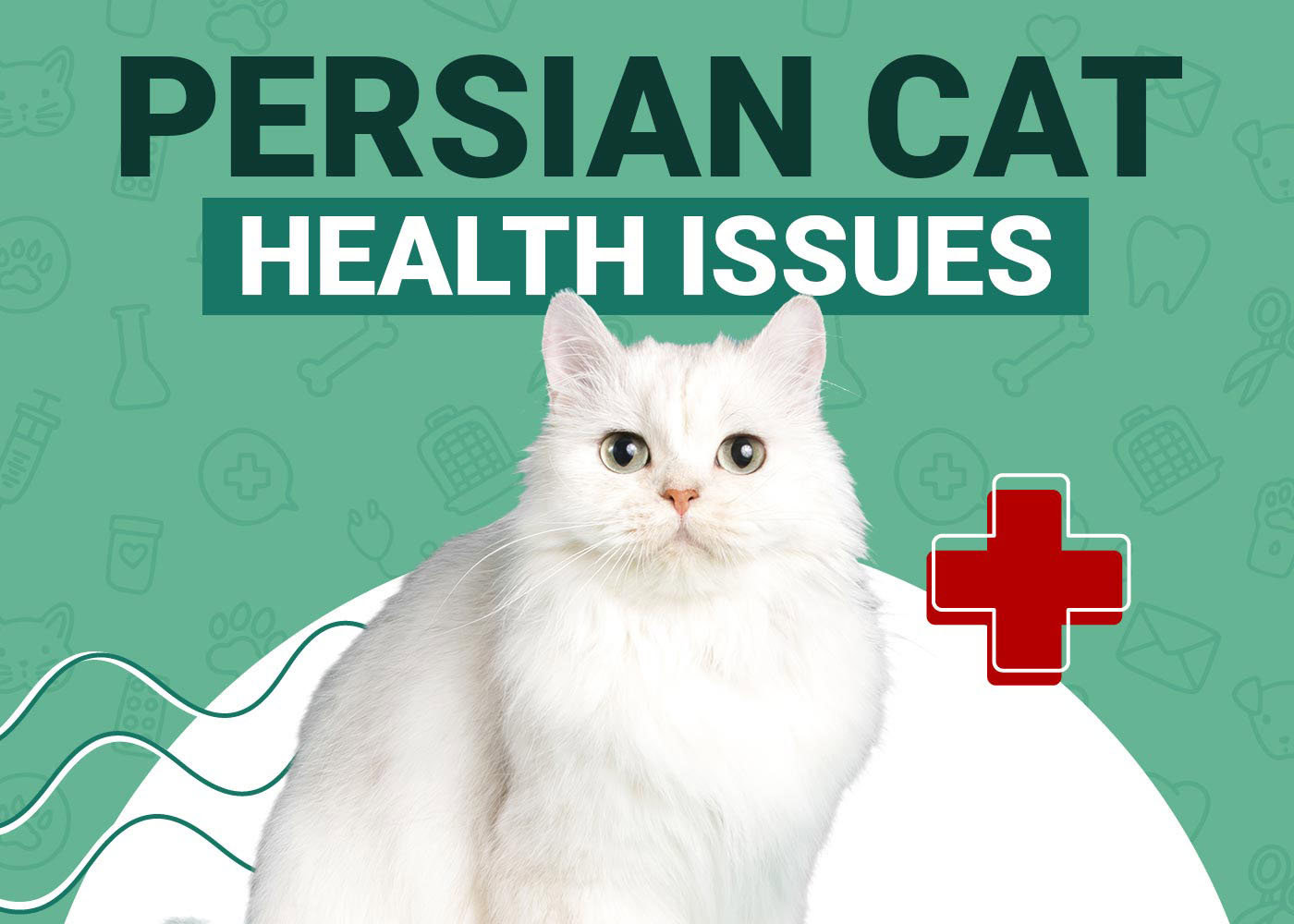VET APPROVED

The information is current and up-to-date in accordance with the latest veterinarian research.
Learn more »Click to Skip Ahead
As pet owners, we often wonder about the emotions our companions experience. We see them wagging their tails when we come home, snuggling up when we feel down, but do they cry tears as we do? The short answer is that dogs do not cry emotional tears; they shed tears for different reasons than we do. Keep reading while we explore the science behind dog tears and emotions to learn more about our pets so that we can understand them better.

The Science of Dog Tears
Tears protect dogs’ eyes by providing moisture, nutrients, and lubrication, as our tears do. Three structures, the lacrimal glands, meibomian glands, and conjunctiva, work together to produce tears that evaporate more slowly and offer better protection for the eye.

Do Dogs Cry When They Are Sad or Emotional?
Unfortunately, dogs produce tears but don’t shed them when experiencing sadness or joy. According to a 2019 study, humans are the only animals on Earth that cry when we are sad.1
Emotional Expression in Dogs
Dogs are incredibly social animals and can experience a range of emotions.2 They can feel happy, sad, fearful, and even anxious. However, dogs tend to express their feelings differently than humans do. For example, dogs may start whining, whimpering, or hiding when unhappy or upset. They may also become less active and show less interest in activities they usually enjoy, like eating treats or chasing squirrels.
What Makes Dogs Sad?
Many things will likely make your dog sad, including illness, lack of attention, and loss of a companion. Some dogs might also feel confused when their routine or environment changes or even out of boredom. If you suspect that your dog may be experiencing sadness, consult with your veterinarian, who can help determine the underlying cause of your dog’s behavior and recommend the appropriate treatment.

When Do Dogs Cry?
Tearing can be due to excessive production of tears or a lack of drainage. Dogs will shed tears when they experience ocular discomfort or irritation. For example, if a dog has a foreign body inside their eye, they will produce more tears than usual to help protect the eye and flush out the irritant. In this case, the tears are a physical response rather than an emotional one. Other things that can lead to dog tearing include eye infections, injuries, allergies, and a blocked tear duct. Short-nosed dog breeds, such as Shih-Tzus, Pekingese, and Pugs, are prone to excessive tearing because they often have shallow eye sockets or irritation caused by eyelashes or hairs in skin folds around the eyes. Inspect their eyes closely if you notice tears and schedule an appointment with the vet as soon as possible.
Tips for Keeping Your Pet Healthy and Safe
- Regular check-ups with a veterinarian can help identify health problems early, giving you a better chance of dealing with any issues and preventing future problems.
- A balanced diet is crucial for a dog’s overall health and well-being. Choose food with high-quality ingredients and real meat listed as the first ingredient.
- Aim for at least one to two hours of exercise per day with your pet to help prevent weight gain and keep them from becoming bored, which might lead to misbehaving.
- Keep dangerous items like chemicals, medication, sharp objects, and small toys out of your pet’s reach.
- Proper training is essential for keeping your pet safe in dangerous situations. If you don’t know how to train the dog, speak to your vet or animal behaviorist to teach them the basic commands to keep them safe.
- Brush your dog’s teeth daily with pet-safe toothpaste and provide dental chews or toys to help maintain good oral health to prevent or slow the progression of dental disease.
- Use external and internal parasite preventatives adequate for your region to protect your pet from parasites that can cause serious health issues like Lyme disease, heartworm, and Bartonella, among others.
- Consider investing in pet insurance to help cover unexpected veterinary expenses.
- Provide plenty of toys and puzzles that challenge your dog’s mind and engage them.
- Ensure your dog gets adequate socializing and playing time for their preferences, as each dog is unique.

Summary
While dogs naturally produce tears, they don’t shed them when experiencing sadness or joy. Dogs tend to express their emotions differently than humans do, and it is essential to understand and respect their unique emotional and physical needs. By taking steps to learn how they react to different situations, you will be able to better communicate with your pet to provide a safe and comfortable environment for them to live.
Featured Image Credit: Emolaev Alexander, Shutterstock












